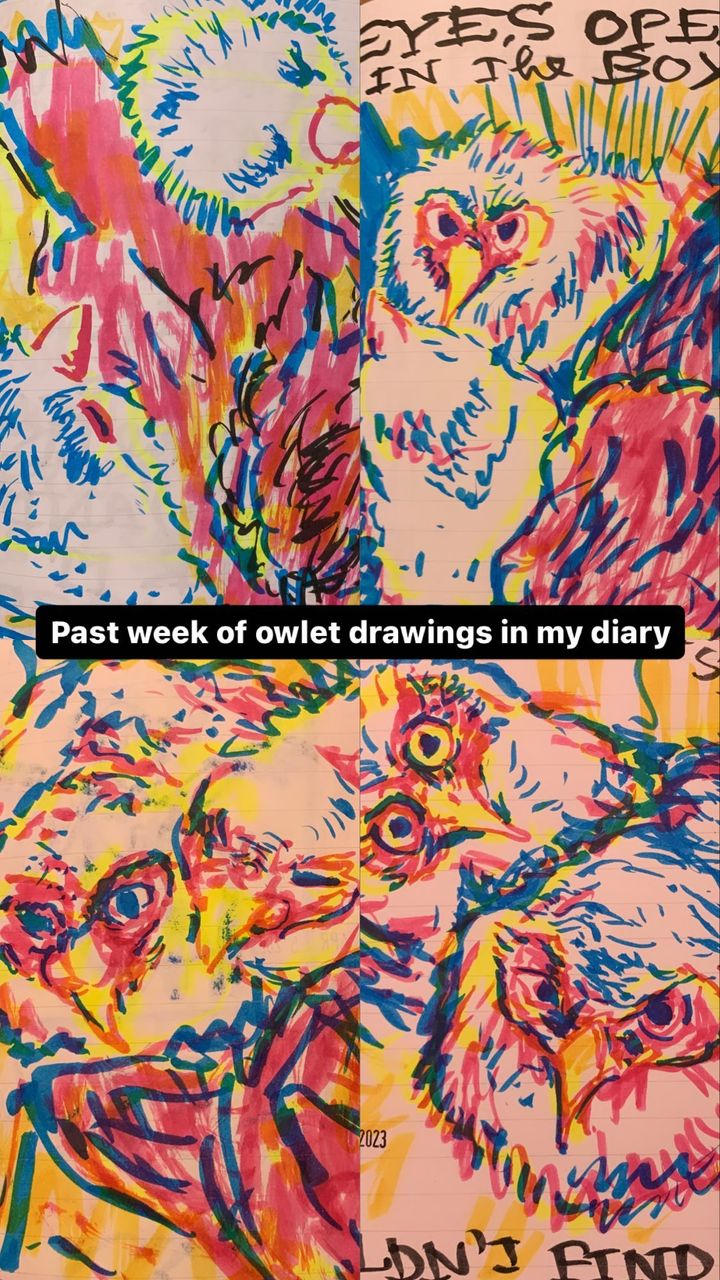
“Tiny things take on significance when I’m away from home. I’m on the alert for omens. Odd things happen when you get out…”
—Charles Portis, The Dog of the South
Here are two images from this week’s walks. I think they neatly summarize our present moment: circuit boards and clowns.






